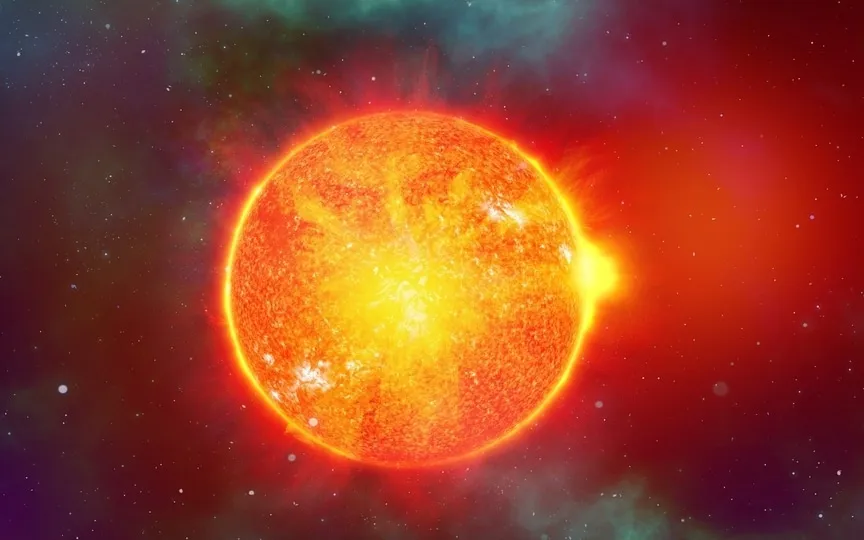Solar Storms Trigger Blackouts on Earth: Is a Catastrophic Event Looming?
After experiencing a solar storm on September 9, the Earth is now facing the possibility of another one. Recently, a solar flare of M1.3-class erupted on the side of the Sun facing our planet, causing a blackout in shortwave radio communication over the Pacific Ocean. Shortly after, at 9:30 AM on September 11, another solar flare occurred, resulting in blackouts in Japan, South Korea, and eastern regions of China. These consecutive solar flare eruptions are originating from sunspot AR3429. Furthermore, another sunspot region called AR3423 has also become a concern as it has doubled in size since Friday and now measures 100,000 kilometers in width.
The fear of a solar storm is increasing on Earth
The two incidents have raised concerns among scientists about whether another solar storm could be ignited. With multiple flares, even if they remain moderate, it’s possible that enough of a coronal mass ejection (CME) could be hurled toward Earth to result in a terrifying event.
For now, several space-based solar observatories are monitoring the location of these bursts to determine if a CME has been released that could eventually hit Earth.
How NASA SDO collects its data
NASA SDO has a complete set of instruments to observe the sun and has been doing so since 2010. It uses three very important instruments to collect data on various solar activities. They include the Helioseismic and Magnetic Imager (HMI), which measures high-resolution longitudinal and vector magnetic fields across the entire visible solar disk, the Extreme Ultraviolet Variability Experiment (EVE), which measures the Sun’s extreme ultraviolet radiation, and the Atmospheric Imaging Assembly (AIA), which provides continuous full-disk observations of the solar chromosphere and the corona in seven extreme ultraviolet (EUV) channels.




